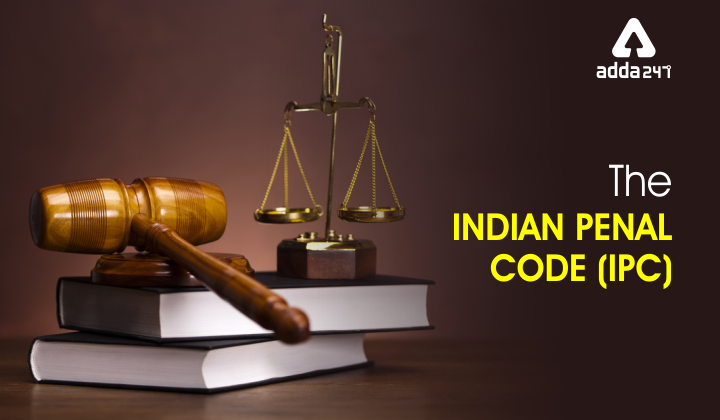Indian Penal Code 1860
The Indian penal code is the official criminal code of India. It is a code that intends to cover all aspects of criminal law. By the recommendation of the first law commission of India established in 1834 under the Charter act of 1833 under the chairmanship of Thomas Babington Macaulay, the criminal code was drafted. It came into force in 1862 in British India during British Raj. It was not applied to princely states which had their courts and legal system until the 1940s. In 1837 the first draft of the code was presented before the Governor-General.
State Chief Minister and Governor
Chapters and Sections of the Indian Penal Code
| INDIAN PENAL CODE, 1860 (Sections 1 to 511) | ||
| Chapter | Sections covered | Classification of offenses |
| Chapter I | Sections 1 to 5 | Introduction |
| Chapter II | Sections 6 to 52 | General Explanations |
| Chapter III | Sections 53 to 75 | Of Punishments |
| Chapter IV | Sections 76 to 106 | General Exceptions of the Right of Private Defence (Sections 96 to 106) |
| Chapter V | Sections 107 to 120 | Of Abetment |
| Chapter VA | Sections 120A to 120B | Criminal Conspiracy |
| Chapter VI | Sections 121 to 130 | Of Offences against the State |
| Chapter VII | Sections 131 to 140 | Of Offences relating to the Army, Navy, and Air Force |
| Chapter VIII | Sections 141 to 160 | Of Offences against the Public Tranquillity |
| Chapter IX | Sections 161 to 171 | Of Offences by or relating to Public Servants |
| Chapter IXA | Sections 171A to 171I | Of Offences Relating to Elections |
| Chapter X | Sections 172 to 190 | Of Contempts of Lawful Authority of Public Servants |
| Chapter XI | Sections 191 to 229 | Of False Evidence and Offences against Public Justice |
| Chapter XII | Sections 230 to 263 | Of Offences relating to coin and Government Stamps |
| Chapter XIII | Sections 264 to 267 | Of Offences relating to Weight and Measures |
| Chapter XIV | Sections 268 to 294 | Of Offences affecting the Public Health, Safety, Convenience, Decency, and Morals. |
| Chapter XV | Sections 295 to 298 | Of Offences relating to Religion |
| Chapter XVI | Sections 299 to 377 | Of Offences affecting the Human Body.
|
| Chapter XVII | Sections 378 to 462 | Of Offences Against Property
|
| Chapter XVIII | Section 463 to 489 -E | Offenses relating to Documents and Property Marks
|
| Chapter XIX | Sections 490 to 492 | Of the Criminal Breach of Contracts of Service |
| Chapter XX | Sections 493 to 498 | Of Offences related to marriage |
| Chapter XXA | Sections 498A | Of Cruelty by Husband or Relatives of Husband |
| Chapter XXI | Sections 499 to 502 | Of Defamation |
| Chapter XXII | Sections 503 to 510 | Of Criminal intimidation, Insult, and Annoyance |
| Chapter XXIII | Section 511 | Of Attempts to Commit Offences |
FAQs on Indian Penal Court
1. What are the sections of the Indian penal code?
Ans. Indian penal code has 511 sections which are divided into 23 chapters. The Indian penal code defines crimes and the punishment provided for them by the law.
2. What does IPC stand for?
Ans. IPC stands for Indian penal code which is the official criminal code of India.
3. Who made the Indian penal code?
Ans. The Indian penal code was drafted by Thomas Babington Macaulay, who is the chairman of the first law commission. The draft was completed by 1834 and was presented to the Governor-General of India in 1835.
4. When did the Indian penal code come into force?
Ans. The Indian penal code came into force on the first January 1860 after many revisions and amendments.
Buy Prime Test Series for all Banking, SSC, Insurance & other exams




 Which Glacier is the Source of the Brahm...
Which Glacier is the Source of the Brahm...
 What is the Full Form of EDP? Know Every...
What is the Full Form of EDP? Know Every...
 Which City of Germany is Known as the Gr...
Which City of Germany is Known as the Gr...







